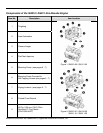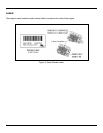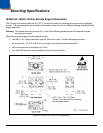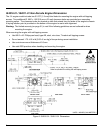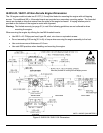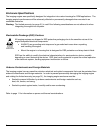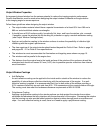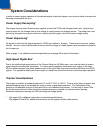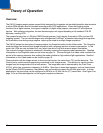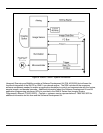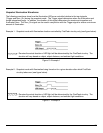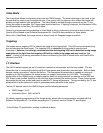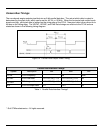
11
System Considerations
In order to ensure proper operation of the decode engine’s electrical system; care must be taken to ensure the
following requirements are met.
Power Supply Decoupling*
The engine requires clean filtered power supplies for both the VLED and Vimager power rails. Special care
must be taken for the Vimager line as this voltage is used to power the imaging sensor. The power line must
be heavily decoupled to prevent noise from coupling into the engine, which can reduce image quality.
Power Sequencing*
All signals to and from the engine (except for VLED) are relative to Vimager. These pins are not over voltage
tolerant. As such, care must be taken to ensure that the voltage on these signals never exceed the voltage on
the Vimager pin.
Refer to page 11 for additional electrical specifications and page 25 for pinout information.
High-Speed Digital Bus*
Due to the relative high-speed nature of the Camera Data bus (48 MHz max), care must be taken to ensure
signal integrity and minimize clock skew. To reduce electromagnetic interference and ringing on the lines,
22-ohm series resistors have been added to each of the pixel data lines as well as the pixel clock and HSYN
signals. The capacitive loading and trace length on these lines should be minimal to ensure proper operation.
Thermal Considerations
The engine is qualified at temperatures from 0°C to 40°C (32°F to 104°F). Care must be taken to ensure that
ambient temperatures do not exceed this range in order to guarantee operation. The illumination LEDs
produce a considerable amount of heat when left on for extended time periods. The on time of these LEDs
should be minimized and airflow should be provided whenever possible to minimize internal heating.
Excessive heating can damage the LEDs and degrade image quality.
* See page 25 for additional information on electrical specifications.
See pages 25 and 26 for additional information on the engine and flex cable pinouts.



